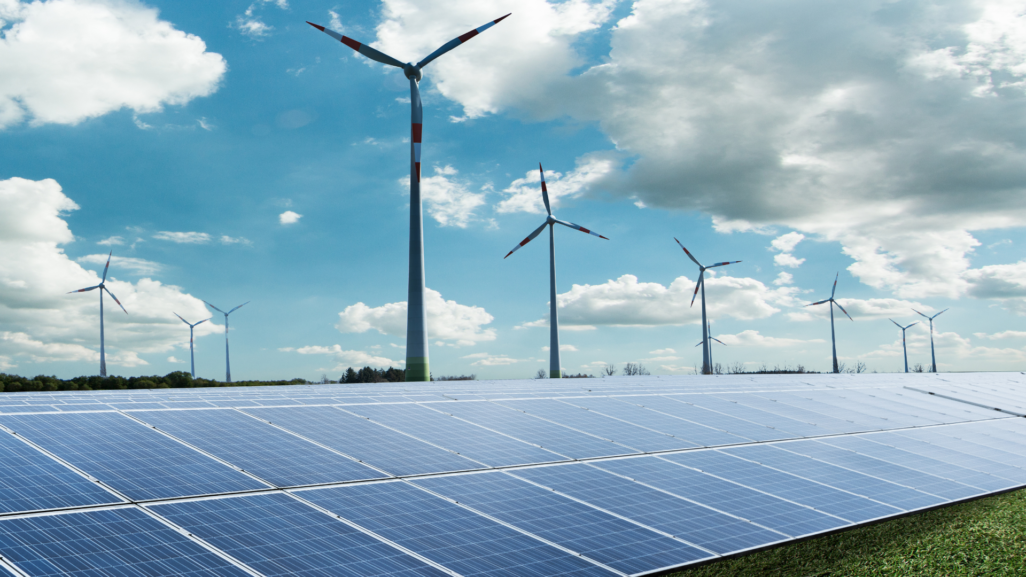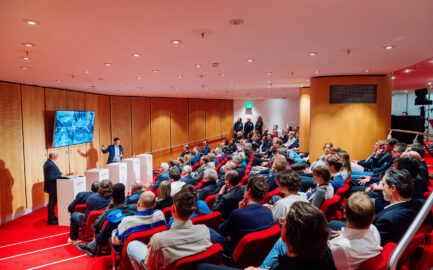Dynamic electricity rates offer the opportunity to benefit from fluctuating electricity prices. In this article, klimaaktiv Haushalte shows you how to not only reduce costs through flexible use but also take the stress off the electricity grid and actively contribute to the energy transition.
Flexible power grid: How we can manage fluctuations
Renewable energies are growing in importance. However, as wind, sun and water are not available in equal measure at all times, our power grid requires greater flexibility. Enter dynamic electricity rates, which adapt the electricity price to supply and demand. For example, if there is plenty of electricity available from wind or solar energy, the price drops – and you can benefit from this.
One example of this is the flexible charging of electric cars when the electricity supply is high and the grid is less utilised. Innovative models for electricity rates that create these very incentives are beneficial here. Artificial intelligence is also needed to get the power grid in shape for the future. For example, a smart dishwasher automatically recognises when a particularly large amount of renewable electricity is available and the price is low and then starts the wash cycle automatically.
What are dynamic electricity rates?
Dynamic electricity rates adjust to the current electricity price on an hourly basis. At certain times, especially when a lot of electricity from renewable sources is available on the grid, the price of electricity is lower. With smart electricity meters and automated devices such as a smart wall box for electric cars or a smart washing machine, you can make the most of these price fluctuations.
Another advantage is transparency. Thanks to smart meters, you know exactly when you use how much electricity and at what price. Also make sure you purchase green electricity. Only if your electricity is certified with the Austrian Ecolabel UZ46 can you be sure that it actually comes from renewable sources.
Who benefits from dynamic rates?
Intelligent energy management is not only able to optimise renewable energy consumption but also makes the best possible use of energy peaks. Smart household appliances such as washing machines, tumble dryers and dishwashers can already be connected to intelligent systems today. Households with electric cars, heat pumps and battery storage systems benefit especially from dynamic rates, as they can flexibly adjust their consumption of electricity. Those reluctant to control their consumption manually due to a lack of automation are better served by fixed or floating tariffs.
Households that adapt their electricity consumption to the current supply can not only reduce costs significantly but also relieve the burden on the power grid. The continuous development of smart technologies is therefore driving the implementation of the energy transition.
More on the topic of smart electricity use can be found here in German under “Strom smart nutzen: Wann sich dynamische Stromtarife lohnen”.










